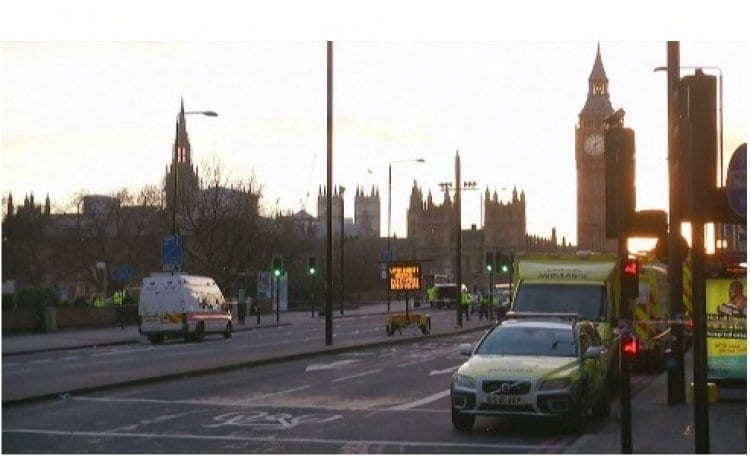A study published by the New England Journal of Medicine questions the value of mammograms for women’s cancer screening. It concludes that a woman is more likely to be diagnosed with a small tumor that is not destined to grow than she is to have a true problem spotted early.
Study leader Dr. H. Gilbert Welch of Dartmouth Medical School said that whether to have a mammogram “is a close call, a value judgment,” said “This is a choice and it’s really important that women understand both sides of the story, the benefits and harms.”
Mammograms do catch some deadly cancers and save lives. But they also find many early cancers that are not destined to grow or spread and become a health threat, so many women get treatments they don’t really need.
Screening is only worthwhile if it finds cancers that would kill, and if treating them early improves survival versus treating when or if they ever cause symptoms. But treatment has improved so much over the years that detecting cancer early has become less important.
In the study they showed that 132 cases of cancer per 100,000 women were overdiagnosed as having a tumor that was destined to grow. Then they estimated how much of the drop in deaths since mammography started was due to early detection versus better ways to treat the disease. They concluded that at least two-thirds of the drop was due to better treatments.
The study concludes that mammograms are overrated.
What’s a woman to do? A government task force recommends women at average risk in their 60s will get the most benefit from mammograms, while screening should be done every other year starting at age 50.
Dr. Joann Elmore of the University of Washington School of Medicine in Seattle, writes that overdiagnosis is the “collateral damage” of screening. “The mantras, ‘All cancers are life-threatening’ and ‘When in doubt, cut it out,’ require revision,” she wrote.
Study leader Dr. H. Gilbert Welch of Dartmouth Medical School said that whether to have a mammogram “is a close call, a value judgment,” said “This is a choice and it’s really important that women understand both sides of the story, the benefits and harms.”
Mammograms do catch some deadly cancers and save lives. But they also find many early cancers that are not destined to grow or spread and become a health threat, so many women get treatments they don’t really need.
Screening is only worthwhile if it finds cancers that would kill, and if treating them early improves survival versus treating when or if they ever cause symptoms. But treatment has improved so much over the years that detecting cancer early has become less important.
In the study they showed that 132 cases of cancer per 100,000 women were overdiagnosed as having a tumor that was destined to grow. Then they estimated how much of the drop in deaths since mammography started was due to early detection versus better ways to treat the disease. They concluded that at least two-thirds of the drop was due to better treatments.
The study concludes that mammograms are overrated.
What’s a woman to do? A government task force recommends women at average risk in their 60s will get the most benefit from mammograms, while screening should be done every other year starting at age 50.
Dr. Joann Elmore of the University of Washington School of Medicine in Seattle, writes that overdiagnosis is the “collateral damage” of screening. “The mantras, ‘All cancers are life-threatening’ and ‘When in doubt, cut it out,’ require revision,” she wrote.
Tags
Health0 8 1 minute read





